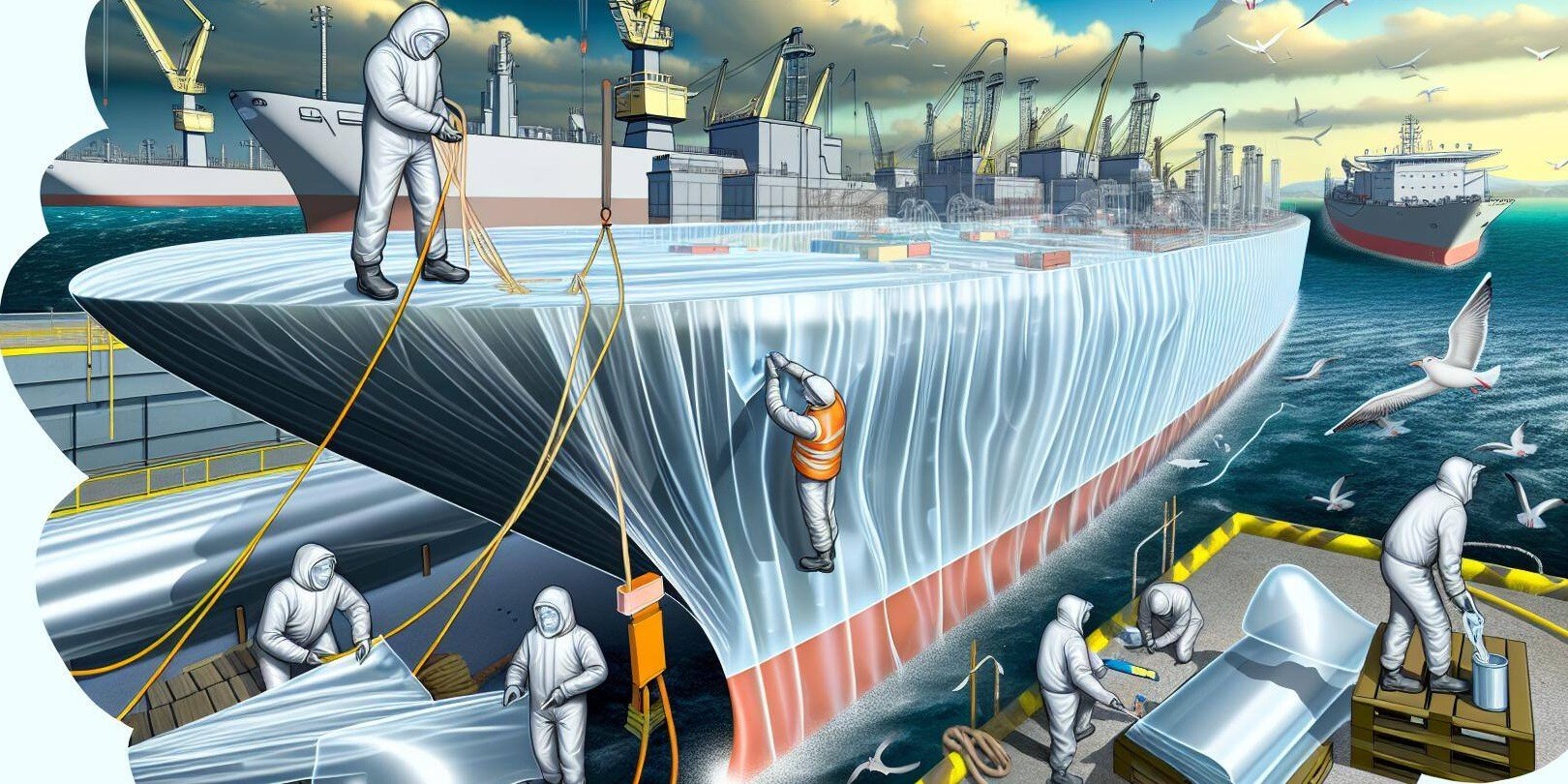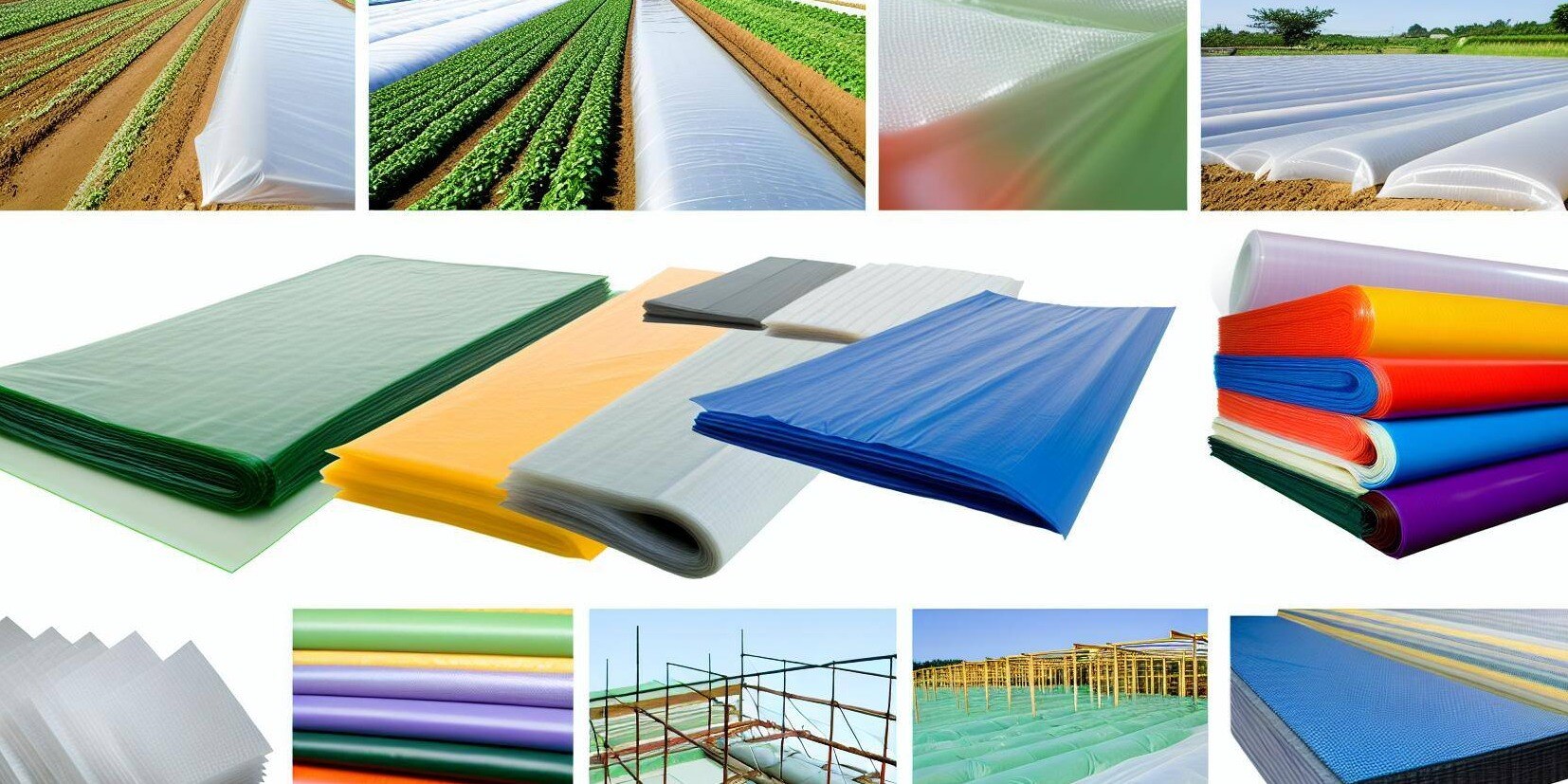Fire Retardant Plastic Sheeting in Shipbuilding

Fire Retardant Plastic Sheeting: Enhancing Safety in Shipbuilding
Fire safety is a critical concern in the shipbuilding industry. Fire retardant plastic sheeting provides essential protection against fire hazards, ensuring the safety and durability of marine vessels. This blog discusses the benefits, applications, and considerations for using fire retardant plastic sheeting in shipbuilding.
Benefits of Fire Retardant Plastic Sheeting in Marine Environments
Fire Resistance
Fire retardant plastic sheeting significantly reduces the risk of fire spreading on a ship. Its ability to resist ignition and slow the progression of flames is crucial in protecting passengers, crew, and the vessel itself.
Durability
Marine environments are harsh and demanding. High-quality fire retardant plastic sheeting is designed to withstand these conditions, providing long-term protection and reducing the need for frequent replacements and maintenance.
Corrosion Resistance
In addition to fire resistance, this sheeting also offers excellent corrosion resistance. This feature is particularly important in marine environments, where exposure to saltwater and humidity can lead to corrosion and degradation.
Common Applications in Shipbuilding
Interior Compartments
Fire retardant plastic sheeting is commonly used in the interior compartments of ships. It provides an additional layer of protection in areas where passengers and crew spend most of their time.
Engine Rooms
Engine rooms are particularly susceptible to fire hazards. Using fire retardant plastic sheeting in these sections helps contain potential fires and prevents them from spreading to other parts of the vessel.
Electrical Insulation
The sheeting is also used as electrical insulation to protect wiring and other electrical components from fire risks. This application is crucial in maintaining the overall safety and integrity of the ship's electrical systems.
Selecting the Best Fire Retardant Plastic Sheeting for Marine Use
Material Quality
Ensure that the plastic sheeting is made from high-quality materials that meet marine standards for fire resistance. Look for certifications and test results that verify its performance.
Thickness and Durability
Consider the thickness and durability of the sheeting based on your specific application. Thicker materials may offer better protection and longevity, but they may also be more challenging to handle and install.
Installation and Maintenance
Follow manufacturer guidelines for installation and maintenance to maximize the benefits of your fire retardant plastic sheeting. Regular inspections and upkeep will help maintain its effectiveness and extend its lifespan.
Fire Resistance and Durability in Marine Conditions
Fire retardant plastic sheeting offers exceptional fire resistance and durability in marine conditions. Its ability to withstand harsh environments makes it an ideal choice for protecting ships and ensuring the safety of those on board.
Compliance with Maritime Safety Standards
Compliance with maritime safety standards is essential in the shipbuilding industry. Fire retardant plastic sheeting helps manufacturers and operators meet these stringent regulations, ensuring that all components are up to code and safe for use on ships.
Installation and Maintenance in Shipbuilding
Proper installation and maintenance are crucial to ensure the effectiveness of your fire retardant plastic sheeting. Follow these tips for optimal results:
- Clean Surface: Ensure the surface is clean and free of debris before installation.
- Secure Edges: Use appropriate fasteners or adhesives to secure the edges and prevent gaps.
- Avoid Wrinkles: Smooth out wrinkles and bubbles during installation to maintain a uniform barrier.

















